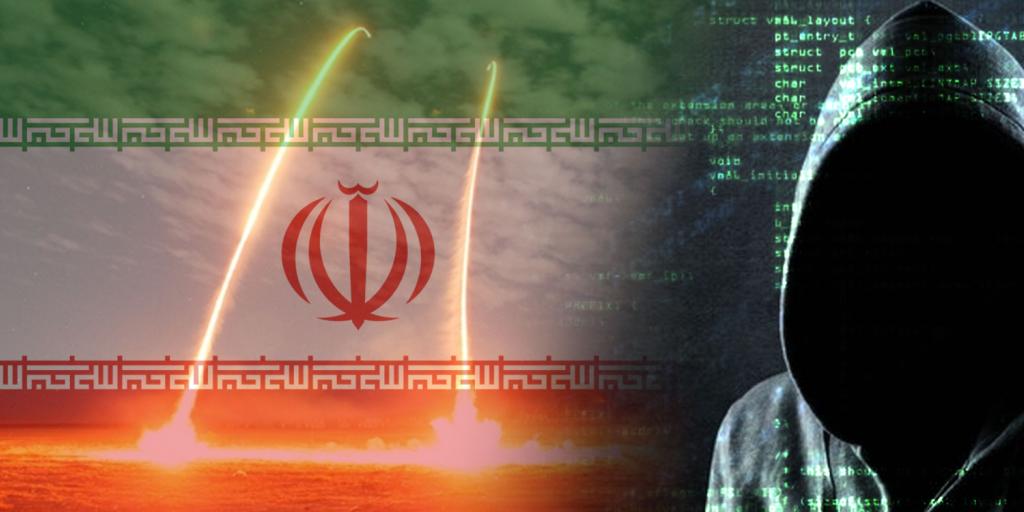cyberattacks have emerged as a potent threat capable of disrupting economies and institutions with unprecedented speed and efficiency. Recently, Iran’s Central Bank found itself at the heart of such a crisis as it became the target of a significant cyberattack, marking a critical juncture in the intersection of cybersecurity and financial stability.
The Nature of the Attack
The cyberattack on Iran’s Central Bank sent shockwaves through the nation’s financial sector, highlighting vulnerabilities that transcend physical borders. Initial reports suggested that the attack was sophisticated, leveraging advanced malware designed to penetrate the bank’s robust defenses. Such incidents often involve a complex web of tactics, including phishing schemes, malware deployment, or even insider threats, underscoring the multifaceted nature of modern cyber threats.
Immediate Impacts and Responses
In the immediate aftermath, disruptions rippled through Iran’s financial infrastructure. Transaction processing slowed, digital services faltered, and confidence in the banking system wavered. This incident not only tested the operational resilience of the Central Bank but also strained its ability to maintain stability in the face of external threats.
The response from Iranian authorities was swift yet measured. Emergency protocols were activated, cybersecurity teams mobilized, and investigations commenced to contain the breach and mitigate potential damage. The incident prompted introspection within the country’s cybersecurity apparatus, focusing attention on bolstering defenses and enhancing proactive measures against future cyber assaults.
Regional and Global Ramifications
Beyond Iran’s borders, the cyberattack reverberated across regional and global financial networks. In an interconnected world, disruptions to one nation’s financial hub can trigger cascading effects, influencing market sentiments, cross-border transactions, and regulatory responses. The incident underscored the imperative for international cooperation in combating cyber threats that transcend geopolitical boundaries.
The Challenge of Attribution and Geopolitical Dynamics
Attributing cyberattacks to specific actors remains a formidable challenge in the realm of cybersecurity. While speculation may abound regarding the source of such attacks, conclusive evidence is often elusive, complicating diplomatic responses and geopolitical discourse. The incident involving Iran’s Central Bank reignited debates surrounding cybersecurity norms, state-sponsored cyber operations, and the implications for international relations.
Strengthening Cyber Resilience and Mitigation Strategies
In the wake of this cyber assault, stakeholders worldwide are revisiting their cybersecurity postures. For Iran, enhancing cyber resilience demands a multifaceted approach encompassing technological upgrades, capacity building, information sharing frameworks, and regulatory enhancements. The incident serves as a poignant reminder of the imperative to invest in cybersecurity as a foundational pillar of national security and economic stability.
Future Outlook and Strategic Imperatives
Looking ahead, the fallout from the cyberattack on Iran’s Central Bank prompts strategic reflections on the future landscape of cyber warfare and financial security. The incident underscores the evolving tactics of malicious actors and the pressing need for continuous adaptation and innovation in cybersecurity defenses. It also calls for proactive engagement among stakeholders—governments, financial institutions, and cybersecurity experts—to fortify global defenses against emerging cyber threats.
Conclusion
The cyberattack on Iran’s Central Bank represents more than a localized incident; it is a stark reminder of the interconnected vulnerabilities in our digital world. As nations navigate the complexities of cybersecurity, collaboration, transparency, and resilience emerge as indispensable virtues. The aftermath of this attack serves as a call to action for all stakeholders to fortify defenses, foster international cooperation, and uphold the integrity of financial systems in an era defined by relentless digital transformation and persistent cyber threats.
